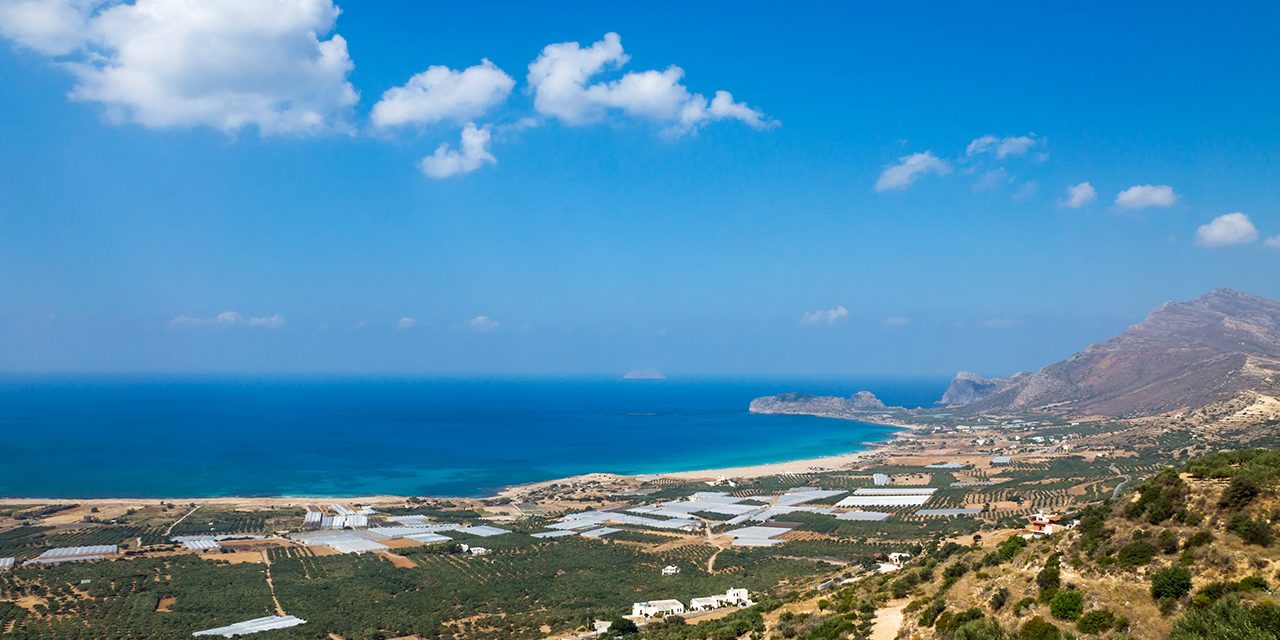A Call to Action for Hotel & Spa Owners on Legionnaires’ Disease
The news of a British tourist fighting for her life in a Greek intensive care unit after contracting Legionnaires’ disease on an all-inclusive holiday in Crete, should send a chilling message through every hotel and spa establishment.
This isn’t just a tragic personal story; it’s a stark, public reminder of a very real and potentially devastating threat lurking within the very systems designed for guest comfort and relaxation: your water.
For hotel and spa owners, the implications of such an incident extend far beyond empathy. A single case of Legionnaires’ disease linked to your property can unleash a torrent of negative consequences: guest illness, severe reputational damage, cancellations, potential lawsuits, and even forced closures. easyJet Holidays’ swift action to move other customers out of the affected hotel, and the Greek health ministry’s immediate alert to hoteliers in Crete, underscore the gravity and rapid fallout of such an outbreak. This isn’t a problem confined to specific regions; Legionella bacteria are ubiquitous in water environments and can proliferate in any poorly managed water system, from a luxury spa’s intricate plumbing to a bustling hotel’s air conditioning units.
Why Hospitality is a High-Risk Environment:
Hotels and spas, by their very nature, are particularly susceptible to Legionella growth. Their complex water systems feature:
- Varying Occupancy: Rooms, showers, and facilities may lie dormant for periods, allowing water to stagnate. Stagnant water, especially at lukewarm temperatures (20-45°C), provides an ideal breeding ground for Legionella.
- Diverse Water Outlets: Showers, hot tubs, swimming pools, decorative fountains, and intricate plumbing networks offer numerous points for aerosolized water droplets to be inhaled – the primary route of infection.
- Biofilm Formation: Microbes naturally form biofilms, slimy layers inside pipes that protect Legionella from disinfectants, making eradication a significant challenge.
- Temperature Fluctuations: Maintaining consistent temperatures across extensive systems is difficult, and areas falling into the Legionella “danger zone” are common.
The symptoms – shortness of breath, high temperature, chest pain – can quickly escalate to pneumonia and acute respiratory failure, as seen in this case. For vulnerable guests (over 50, smokers, immunocompromised), the disease can be fatal, with roughly 1 in 10 cases proving deadly.
Chlorine Dioxide: A Robust Line of Defense
So, what proactive steps can hotel and spa owners take to safeguard their guests and their businesses from this insidious threat? While traditional methods like thermal shocking and chlorination have their place, they often fall short in complex systems with established biofilms. This is where Chlorine Dioxide (ClO₂) emerges as a superior solution, offering both effectiveness and, with modern advancements, remarkable ease and safety of use.
- Unrivalled Efficacy Against Biofilms: Unlike chlorine, ClO₂ effectively penetrates and destroys biofilms where Legionella often hides and multiplies. This means you’re not just treating the water; you’re tackling the very root of the problem within your pipework. This deep-cleaning capability is paramount for long-term Legionellacontrol in intricate hotel and spa systems.
- Broad-Spectrum Disinfection: ClO₂ is a powerful oxidizer, effective against a wider range of microorganisms, including viruses and protozoa, and maintaining its power across a broad pH range and in the presence of organic matter – conditions frequently found in hotel water systems.
- Simplified On-Site Generation: Historically, on-site generation of ClO₂ was seen as complex. However, modern dosing systems have revolutionized this. Today’s ClO₂ generators are designed for simplicity, often featuring automated, on-demand production and precise dosing. This means consistent disinfectant levels are maintained throughout your water system with minimal manual intervention. Systems are available that are compact and suitable even for smaller hotels or specific high-risk areas like spa pools.
- Enhanced Safety Features: While any chemical requires respect, contemporary ClO₂ generation systems prioritise safety. They come with built-in safety interlocks, automated controls, and remote monitoring capabilities that reduce the risk of spills, leaks, or incorrect dosing. The emphasis is on safe handling and reliable operation, making it manageable for trained hotel maintenance staff to oversee. Furthermore, ClO₂ produces fewer harmful disinfection byproducts compared to traditional chlorine, making it a safer choice for both guests and the environment.
- Long-Term Cost-Effectiveness: While there’s an initial investment, the ability of ClO₂ to prevent costly outbreaks, potential litigation, and reputational damage far outweighs the upfront expenditure. Reduced pipe corrosion (compared to chlorine) and less frequent deep-cleaning requirements due to biofilm control also contribute to long-term operational savings.
The Imperative for Proactive Water Management:
The incident in Crete serves as a powerful reminder that guest safety is not merely a legal obligation; it is the cornerstone of hospitality. A proactive, robust water management plan, with Chlorine Dioxide at its heart, is no longer a luxury but a necessity. It protects your guests, preserves your brand’s reputation, and ensures the long-term viability of your business. Engage with water treatment specialists to assess your specific risks, implement the right ClO₂ solution for your property, and train your staff.
The health of your guests – and your business – depends on it.
For more information on how Scotmas can help ensure the safety of your water supply, please contact our team on +44 (0)1573 226 901.






